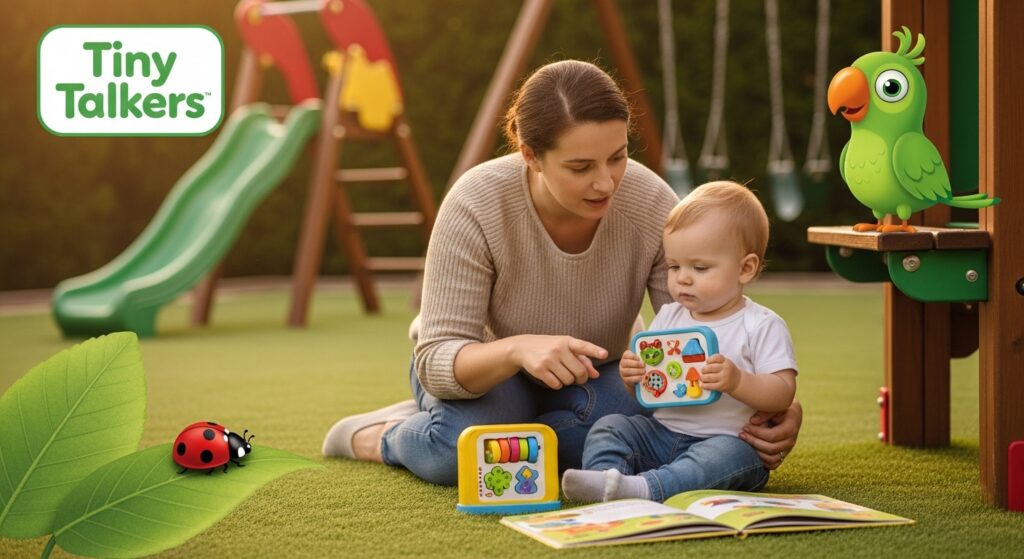Unlocking Language Development with Nature Walks
Taking a stroll through nature can be a powerful tool for enhancing your toddler’s language development. It’s an opportunity to introduce new vocabulary, encourage conversation, and stimulate curiosity in a dynamic environment. Let’s explore how you can make the most of these outdoor adventures.
Why Nature Walks Benefit Language Development
Nature walks offer a multisensory experience, which is crucial for young children. When toddlers engage with their surroundings, they are more likely to absorb new words and concepts. The varied sights, sounds, and textures found in nature serve as rich, contextual cues that aid in language retention. Moreover, the relaxed setting encourages open dialogue, allowing children to express themselves freely and ask questions.
Preparing for a Nature Walk
Before you step outside, consider what you might need to make the experience enriching and comfortable for both you and your child.
- Dress Appropriately: Ensure your toddler is dressed for the weather. Comfortable shoes and layers are key, as they may want to explore different terrains.
- Pack Essentials: Bring along a small backpack with water, snacks, and perhaps a magnifying glass or binoculars to enhance exploration.
- Set Simple Goals: Decide on a few things you’d like to focus on, such as identifying colors, counting objects, or learning animal names.
Engaging Your Toddler on the Walk
Once you’re out in nature, the real adventure begins. Here are some engaging activities and conversation starters:
Start with Observation
Encourage your toddler to observe their surroundings. Ask open-ended questions to spark their curiosity.
- “What do you see around you?”
- “Can you hear the birds? What do you think they’re saying?”
By prompting them to describe what they notice, you’re helping them develop descriptive language skills.
Introduce New Vocabulary
Nature provides endless opportunities to introduce new words. Use specific names for plants, animals, and natural phenomena.
- Point out different types of trees, such as oak, pine, or maple.
- Describe the textures they feel, like the rough bark or smooth pebbles.
Repetition is key, so use these words frequently to help them stick.
Encourage Interaction
Engagement is crucial for language acquisition. Allow your child to touch, smell, and even taste the natural elements (within reason).
- “Feel how soft this moss is. Can you say ‘moss’?”
- “Smell this flower. It’s called a daisy. Can you say ‘daisy’?”
This tactile experience helps solidify their understanding and recall of new vocabulary.
Use Playful Language
Transform your walk into a game by incorporating play into your language activities.
I Spy with My Little Eye
Play a game of “I Spy” to focus on colors, shapes, and objects. This not only helps with vocabulary but also enhances attention to detail.
- “I spy with my little eye something blue. Can you find it?”
Counting Fun
Count objects you encounter, like leaves, stones, or birds. This integrates math skills with language development.
- “How many ducks do you see in the pond? Let’s count them together.”
Storytelling in Nature
Encourage storytelling based on what you see. This can boost creativity and help with narrative skills.
- “Imagine that tree is home to a fairy. What do you think the fairy’s house looks like inside?”
Integrating Songs and Rhymes
Songs and rhymes are fantastic for language growth. They make learning fun and help with memory.
- Sing songs about nature, like “The Ants Go Marching” or “Five Little Ducks.”
- Create simple rhymes related to your walk, such as, “Leaves so green, the tallest trees I’ve ever seen.”
Reflecting After the Walk
Once you’ve returned home, take time to reflect on your adventure. This reinforces learning and encourages communication.
- Discuss the Walk: Ask your toddler to tell a family member about what they saw and did.
- Create a Nature Journal: Encourage them to draw or paste items like leaves into a journal and label them with new words they learned.
- Revisit Vocabulary: Use photos or collected items to review and repeat new vocabulary words.
Conclusion
Nature walks are a delightful way to foster language development while enjoying quality time with your toddler. By actively engaging with your child and the environment, you create a rich, educational experience that is both fun and meaningful. Remember, every child learns at their own pace, so be patient and celebrate their progress, no matter how small. Embrace the journey and watch as your toddler’s language skills blossom in the great outdoors.

